One of John Howard’s greatest strengths (among the very many) was his ability to hold together the various fragments (we would have used the term ‘factions’ except, apparently, there aren’t any) of the modern Liberal Party. This harks back to founder Robert Menzies’ similar skill, in which the divergent conservative and small ‘l’ liberal philosophies co-habit in the interests of retaining power. Margaret Thatcher referred to the two fractious strands of her own party as the ‘wets’ and ‘dries’; nowadays we read of ‘moderates’ and ‘conservatives’ at each others throats, whether in Liberal pre-selection battles or potential cabinet reshuffles.
Falsely derided as an arch-conservative, it is clear that former Prime Minister Tony Abbott did repeatedly try to appeal to the left wing of his party; hence the unfortunate backdown on 18C (a futile gesture to appease the ungrateful Muslim community, as well as the ‘wets’), the aborted Paid Parental Leave scheme (still very popular with professional women – ie Mr Turnbull’s natural constituency of ‘doctor’s wives’) and his ever-so-gentle approach to trimming fat from the ABC, where a wholesale pruning was, and still is, called for. Above all, Mr Abbott’s pragmatic reaching out to indigenous Australia, to the extent of taking the entire cabinet to Arnhem Land for a week, should have earned him far more respect from the left of his party than eventuated.
Yet despite these worthy efforts, it was in the purely symbolic area that Mr Abbott came mightily unstuck. His ‘Sir Phil the Greek’ mistake – of complete and utter irrelevance to the lives of most Australians – unfairly defined him as an unrepentant Tory out of touch with his more progressive colleagues. (Despite, as Morgan Begg amusingly points out on page x, knighthoods being at the very heart of the current global cultural icon of Star Wars.)
Can Malcolm Turnbull do better? Can the most left wing leader, possibly ever, of the Liberal party harmoniously unite its wet and dry components? Since nabbing the top job four months ago, Mr Turnbull has done plenty to keep his ‘progressive’ admirers and supporters happy, on everything from climate change to abandoning ‘Team Australia’, but what has he done for the right of his party?
The upcoming reshuffle is Mr Turnbull’s golden opportunity to mollify conservatives, both within and outside the party. With the Australian reporting on looming Liberal pre-selection battles in NSW where so-called ‘moderates’ are determined to turf out their more conservative opponents, Mr Turnbull has the opportunity to show leadership via support for conservatives as a whole.
We have called before for Hume MP Angus Taylor, an impressive management consultant, agri-businessman, Rhodes scholar and conservative (as well as this week’s Diarist) – who, according to the Oz, faces being challenged for preselection by ‘moderates’ – to be elevated at the next reshuffle to a position worthy of his talents.
It was hopefully only an administrative oversight that led to Mr Taylor – an internationally-regarded expert on agricultural innovation – not being invited late last year to the PM’s ‘digital agriculture’ launch only a kilometre from Mr Taylor’s electorate. This is the sort of careless negative symbolism – not quite in the knighthood category, admittedly, but still potent – that a Liberal Prime Minister must avoid if he is to keep everyone, whether wet or dry, happy within the Liberal fold.
The freakiest show
The death of David Bowie offers an intriguing insight into the mindset, values and peculiarities of the generation wedged between the flowery idealism of the sixties and the post-modern narcissism of the nineties and beyond. The ultimate ‘innovator’ (Wyatt, take note), Bowie, who began his career as an advertising art director, shifted restlessly from fashion to fashion, from one oddball identity to the next, from musical style to musical style, effortlessly creating new ones as often as mimicking the old. From trite hippy acoustical ditties, via glam rock and white soul and funk, arguably his most innovative work came out of his Berlin electronica collaborations with Brian Eno (Low, Heroes etc). Along the way, Bowie grabbed the headlines by pretending to be homosexual and transgender – making it fashionable to be so – even when he himself was a ‘closet heterosexual’, before flirting with ‘visions of swastikas’ in his head, consuming cocaine by the truckload and a brief love affair with Australia and his ‘little China Girl’.
Ultimately, Bowie stood for not much beyond the instant thrill of personal adulation – ‘making love to his ego’ – achieved with the aid of whichever latest trickery. But boy could he play guitar… and write great tunes.
Got something to add? Join the discussion and comment below.
Get 10 issues for just $10
Subscribe to The Spectator Australia today for the next 10 magazine issues, plus full online access, for just $10.
You might disagree with half of it, but you’ll enjoy reading all of it. Try your first month for free, then just $2 a week for the remainder of your first year.


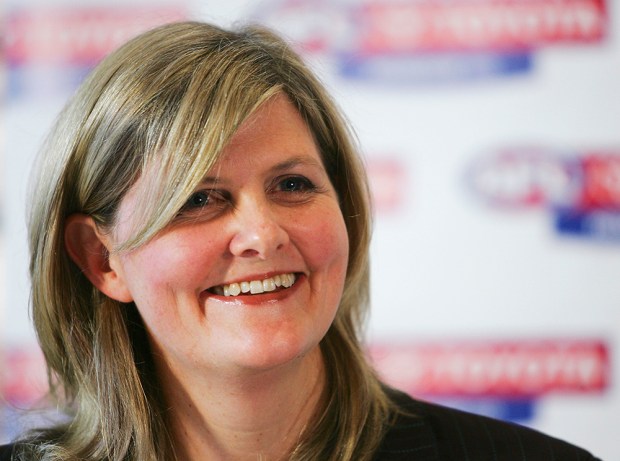

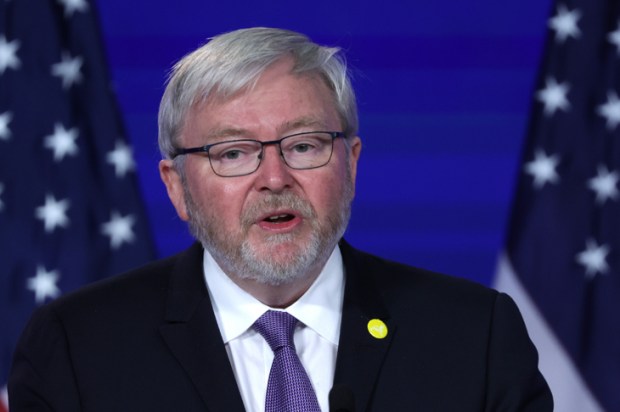
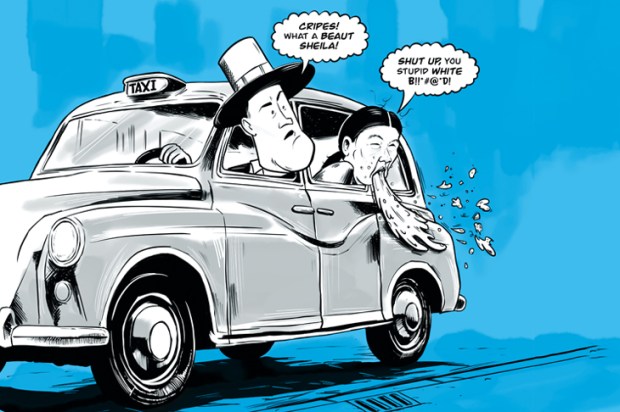
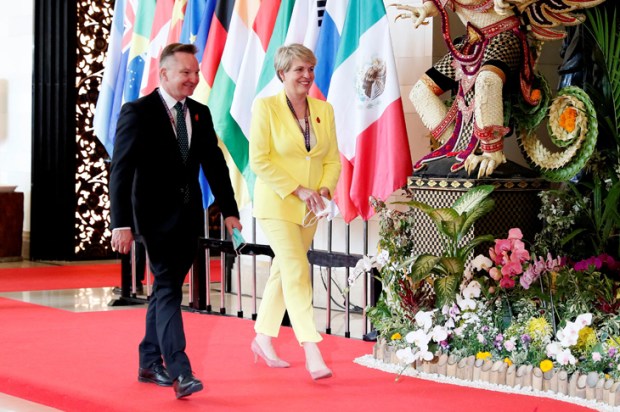
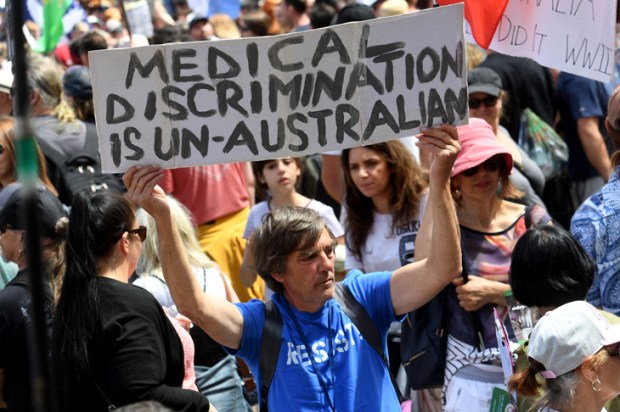






Comments
Don't miss out
Join the conversation with other Spectator Australia readers. Subscribe to leave a comment.
SUBSCRIBEAlready a subscriber? Log in